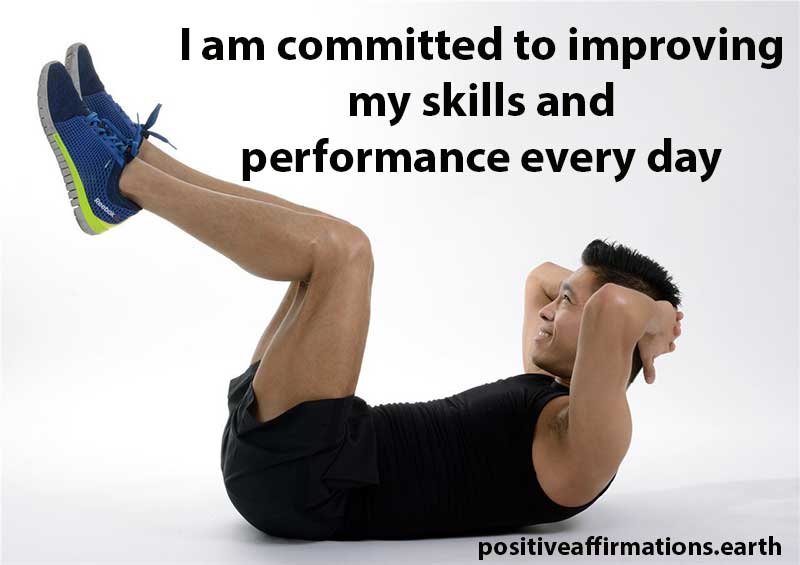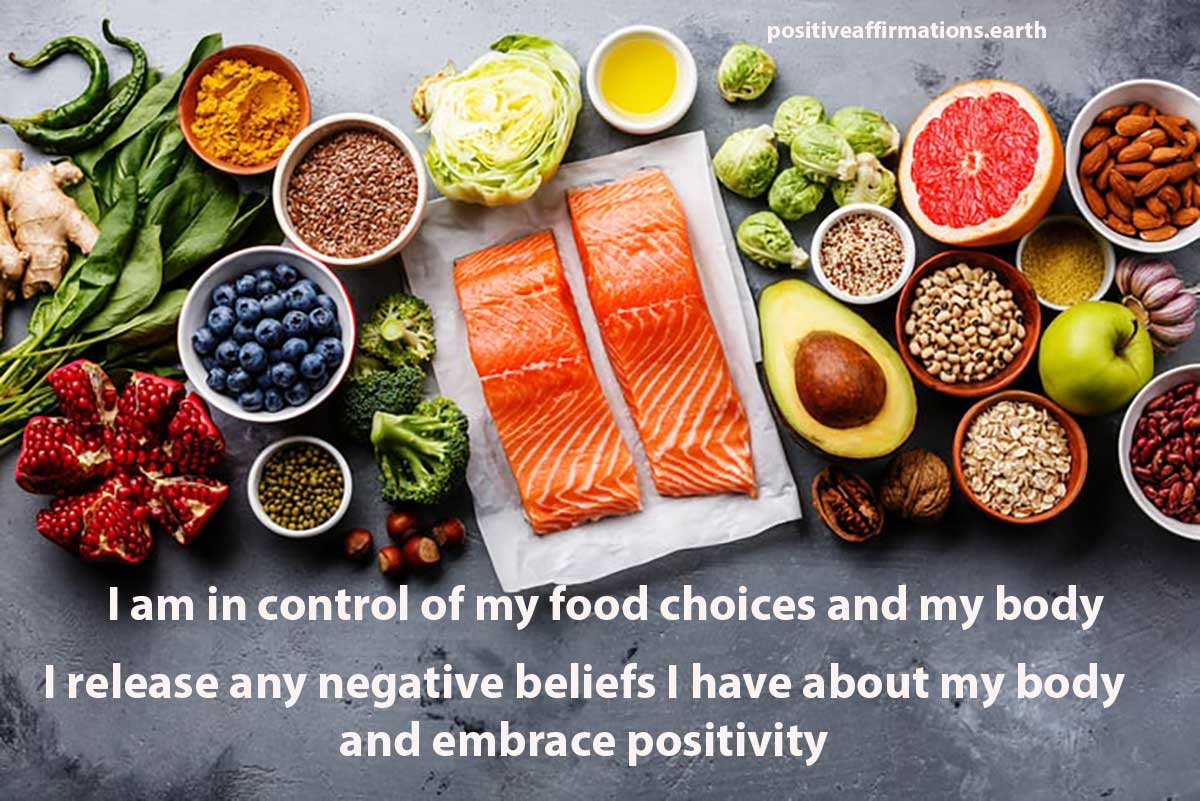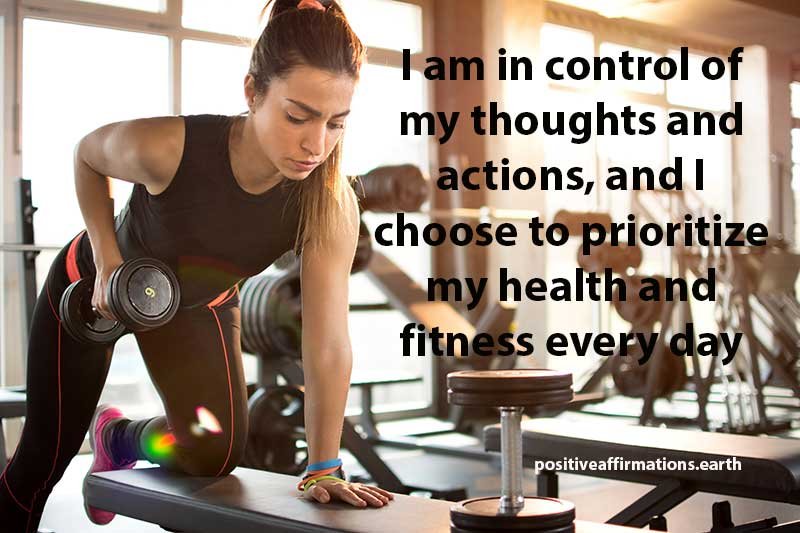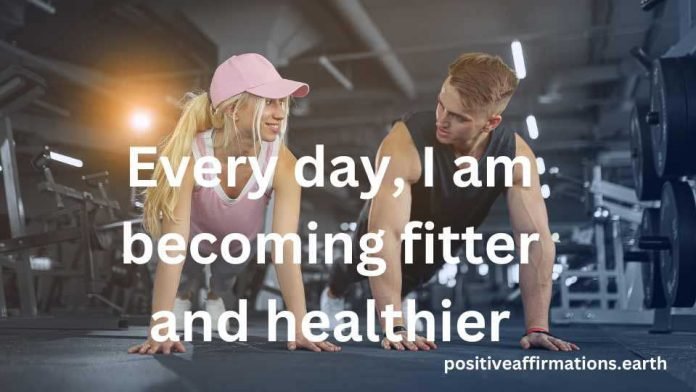For the 25-35 demographic, fitness is more than just looking good. It’s about feeling strong, energetic, and maintaining optimal health to tackle the rigors of daily life. In this guide, we’ll delve into the process of achieving exceptional fitness in six months. While the journey may seem daunting, with the right goal setting, attitude, discipline, diet, and a well-structured exercise regime, you can transform your body and mind.
Set Clear, Realistic Goals
Before beginning your fitness journey, it’s crucial to establish clear and realistic goals. SMART (Specific, Measurable, Attainable, Relevant, Time-bound) goals can help guide your progress and keep you motivated. For example, aiming to lose 15 pounds, increase your squat weight by 50%, or run a half-marathon in six months are more concrete and achievable goals than just “getting fit”^[1^].
The concept of SMART goals is a framework for setting goals that are specific, measurable, achievable, relevant, and time bound. This framework was developed to help individuals set goals that are clear, achievable, and focused on specific outcomes. Below, we will describe each component of the SMART framework in detail:

- Specific: A specific goal is one that is clear and unambiguous. It is important to be specific when setting goals, as this helps to clarify exactly what you want to achieve. A specific goal answers the questions of who, what, when, where, and why. For example, instead of setting a general goal to “improve your performance,” a specific goal would be to “reduce your running time by 30 seconds within the next 3 months.”
- Measurable: A measurable goal is one that can be quantified and tracked. It is important to be able to measure progress towards your goal, as this helps to keep you motivated and focused. A measurable goal should include a specific target or metric that can be tracked over time. For example, a measurable goal could be to “increase the number of push-ups you can do in 1 minute from 10 to 20 within the next 2 weeks.”
- Achievable: An achievable goal is one that is realistic and attainable. It is important to set goals that are challenging but still achievable, as this helps to build confidence and motivation. An achievable goal considers your current abilities, resources, and circumstances. For example, if you are currently running 2 miles a day, an achievable goal could be to “run 4 miles within the next 6 weeks.”
- Relevant: A relevant goal is one that is aligned with your overall objectives and priorities. It is important to set goals that are relevant to your personal or professional aspirations, as this helps to provide a sense of purpose and direction. A relevant goal should be meaningful and important to you. For example, if your overall objective is to qualify for a national running competition, a relevant goal could be to “reduce your 5K time by 1 minute within the next 3 months.”
- Time-bound: A time-bound goal is one that has a specific deadline or timeline for completion. It is important to set goals that are time-bound, as this helps to create a sense of urgency and accountability. A time-bound goal should include a specific date or period for completion. For example, a time-bound goal could be to “complete a 10K race within the next 6 months.”
Overall, the SMART framework provides a useful way to set goals that are clear, measurable, achievable, relevant, and time bound. By using this framework, individuals can set goals that are more focused, attainable, and aligned with their overall objectives and priorities.
Cultivating a Positive Attitude and Discipline
Cultivating a positive attitude and discipline is instrumental in any fitness journey. It not only influences your ability to stick to your exercise regimen and dietary habits but also your overall well-being.
The Power of a Positive Attitude
Maintaining a positive attitude means embracing a mindset of growth, resilience, and self-belief. This begins with trusting your ability to make changes. Believe in your capacity to improve, to push your limits, and to reach the fitness goals you’ve set for yourself.
Understand that progress might not always be linear, and that’s okay. Some days will be harder than others, but each day is a new opportunity to improve. Celebrate your small victories, such as managing one more rep, shaving off a few seconds from your run, or resisting a tempting unhealthy snack. These small wins fuel your motivation and reinforce your commitment to your fitness journey.
Furthermore, having a positive attitude extends to how you perceive setbacks. Instead of viewing them as failures, see them as opportunities to learn and adapt. If you miss a workout, rather than berating yourself, identify the obstacles that caused it and devise a plan to overcome them in the future.
Discipline and Consistency
Discipline is the bridge between your fitness goals and fitness success. While motivation might kick-start your journey, discipline is what keeps you going when that initial spark wanes. This involves creating and sticking to a routine, prioritizing your workouts and meal prep times, and resisting the temptation to fall back into unhealthy habits.
One way to cultivate discipline is by setting clear, attainable goals and developing an action plan. Consistency is key here – it’s better to do shorter workouts regularly than to do lengthy, intense workouts sporadically.
The Role of Positive Affirmations
Positive affirmations are powerful tools that can boost your positivity and discipline. They are statements that promote self-belief, resilience, and a positive outlook. These statements, when repeated often, can help rewire your brain to believe and act upon them.
By frequently affirming positive statements like “I am becoming stronger every day,” or “I am capable and dedicated to reaching my fitness goals,” you are subconsciously programming your mind to believe these affirmations. This shift in mindset can enhance your self-efficacy, motivating you to take actionable steps towards your fitness goals.
Consider starting your day with a few affirmations, repeating them during your workouts, or anytime you need a motivational boost. Make them personal, relevant, and uplifting to serve your goals.
In conclusion, a positive attitude and discipline, underpinned by the use of positive affirmations, are key determinants of your fitness journey’s success. They ensure that you stay committed, resilient, and motivated throughout your path to becoming super fit.
Tailoring Your Diet
Nutrition is an undeniable cornerstone of fitness, playing a crucial role in providing the energy you need for your workouts, repairing your muscles after strenuous exercise, and ensuring your overall well-being. A well-balanced diet is instrumental in losing fat, gaining muscle, and maintaining a healthy weight.

Consuming a Balanced Diet
Aim to consume a diet that is rich in lean proteins, fruits, vegetables, and whole grains. Each of these food groups offers unique and vital nutrients:
- Lean Proteins: Protein is crucial for muscle repair and growth after workouts. Incorporate lean protein sources, such as chicken, turkey, fish, eggs, and plant-based proteins like lentils, chickpeas, and tofu, into your meals.
- Fruits and Vegetables: These are rich in vitamins, minerals, and fiber. They are essential for overall health and can aid in digestion, immunity, and provide the necessary antioxidants needed for cellular repair.
- Whole Grains: Foods like brown rice, oatmeal, and whole grain bread or pasta are excellent sources of complex carbohydrates, providing sustained energy for your workouts and daily activities. They also provide fiber, aiding in digestion and contributing to a feeling of fullness.
Limit your intake of processed foods, sugars, and unhealthy fats. These foods often contain empty calories and can contribute to weight gain, inflammation, and other health issues.
Eating Regular, Smaller Meals
One effective strategy for maintaining steady energy levels, controlling hunger, and preventing overeating is to consume five to six smaller meals a day rather than two or three larger ones. This approach can keep your metabolism active and help maintain stable blood sugar levels, ensuring you have steady energy throughout the day.
Each meal should contain a balance of protein, complex carbohydrates, and healthy fats to ensure a steady release of energy. For example, a small meal could consist of a piece of grilled chicken, a serving of brown rice, and a portion of steamed vegetables.
Hydration
Hydration is just as important as your food intake. Water aids in digestion, nutrient absorption, and helps manage body temperature, especially during workouts. Aim to drink at least 2 liters of water per day, more if you’re engaging in intense exercise or if it’s hot.
Personalized Diet Plan
Given the individual nature of dietary needs and preferences, consider working with a registered dietitian or nutritionist. These professionals can create a personalized nutrition plan tailored to your fitness goals, dietary needs, and preferences. They can help manage dietary restrictions or allergies, advise on appropriate meal timing around your workouts, and provide strategies to manage cravings and maintain motivation.
Overall, a well-balanced, tailored diet is not just about the calories consumed but also about nourishing your body with the right kind of nutrients to fuel your fitness journey and overall health.
Establishing a Balanced Exercise Regime
The key to becoming super fit is to have a well-rounded, balanced exercise regime. This involves a mix of cardiovascular (aerobic) activities, strength training (anaerobic exercises), as well as flexibility and balance exercises. Each component contributes to your overall fitness in unique ways.
Aerobic Activities
Aerobic activities, also known as cardio, improve the health of your heart and lungs, increase endurance, and burn calories, which can aid in weight loss. Examples of moderate aerobic activities include brisk walking, light cycling, or doubles tennis. Vigorous aerobic activities, on the other hand, can include jogging or running, swimming laps, or singles tennis.
The American Heart Association recommends at least 150 minutes per week of moderate aerobic activity or 75 minutes per week of vigorous aerobic activity. This can be divided across the week in a way that suits your schedule. You might choose to do 30 minutes of moderate cardio five times a week or 25 minutes of vigorous cardio three times a week.

Strength Training Exercises
Strength training, or resistance training, is key to increasing muscle strength and endurance. It also aids in boosting your metabolism, which can contribute to weight loss. Exercises can include weightlifting, bodyweight exercises like push-ups and pull-ups, or workouts using resistance bands.
Aim to incorporate strength training exercises for all major muscle groups into your routine at least two days a week. It’s crucial to allow your muscles to rest between strength training sessions, so consider alternating the muscle groups you target on different days.
Flexibility and Balance Exercises
Flexibility exercises help enhance your range of motion, reduce muscle stiffness, and decrease your risk of injuries. They can also promote better posture and relieve muscle tension. Balance exercises, on the other hand, can help prevent falls, a benefit that becomes increasingly important as you age.
Yoga or Pilates are excellent for improving both flexibility and balance. These low-impact workouts enhance core strength, promote better balance, and involve stretching sequences that can enhance your flexibility. Aim to include at least one session of flexibility and balance exercises in your weekly routine.
In conclusion, a balanced exercise regime is one that encompasses aerobic activities, strength training, and flexibility and balance exercises. Tailoring these components to suit your fitness level, goals, and preferences can ensure a sustainable and effective fitness journey. Remember, consistency is crucial, so choose activities that you enjoy and look forward to doing. A varied routine can also keep things exciting and prevent workout burnout.
Balancing Work-Life
Achieving work-life balance is critical not just for your fitness goals, but for your overall physical and mental well-being. Here’s how you can maintain this balance while also prioritizing fitness:
Time Management
Effective time management is the cornerstone of work-life balance. Plan and structure your days to ensure you’re dedicating adequate time to work, exercise, and personal activities. Create a schedule that clearly allocates time for each of these aspects.
Make use of planning tools like digital calendars or apps, where you can visually map out your tasks, including your workout times. Prioritize tasks based on urgency and importance, and aim to tackle high-priority tasks during your peak productivity times.
Remember, your workout time is as crucial as your work time. Treat it as an unmissable appointment with yourself. Whether it’s a morning run, a midday gym session, or a yoga class after work, ensure it has a dedicated slot in your day.
Setting Boundaries
In our interconnected world, it’s easy to let work spill over into personal time. Set clear boundaries to prevent this. This could mean turning off work email notifications during your personal time, designating a specific workspace at home to differentiate it from your relaxation areas, or firmly communicating your work hours to your colleagues.
Likewise, ensure that your commitment to fitness doesn’t encroach on your work time or personal downtime. This balance is key to maintaining both your fitness journey and work productivity without burning out.
Relaxation and Recovery
While dedication to work and fitness is important, so is taking time to relax and recover. It’s in these restful periods that your body recovers from workouts, your muscles grow stronger, and your mind rejuvenates.
Consider implementing practices like mindfulness, meditation, or engaging in hobbies that relax you. Spending time with loved ones or simply enjoying some quiet alone time can also help recharge your batteries.
The Role of Sleep
Adequate sleep is crucial for muscle recovery, mental clarity, and overall health. Lack of sleep can lead to poor workout performance, decreased motivation, and even overeating.
Aim for 7-9 hours of sleep per night, as recommended by the National Sleep Foundation. Make sure your sleep environment is conducive to rest with a comfortable mattress, minimal light and noise, and a cool temperature. Also, establish a regular sleep schedule and a bedtime routine that signals your body it’s time to sleep.

In conclusion, maintaining a balanced work-life relationship is a continuous process that requires mindful adjustments according to your work demands, personal life, and fitness goals. Effective time management, setting boundaries, ensuring relaxation and recovery time, and prioritizing sleep are all key elements to achieving this balance.
In conclusion, transforming your body to become super fit is a rewarding journey. It involves dedication, discipline, the right attitude, a healthy diet, a balanced exercise regime, and a mindful work-life balance. Remember, consistency is key
You Tube Resources
Several YouTube channels provide expert advice and routines to guide your fitness journey. Here are three we recommend:
- FitnessBlender: FitnessBlender offers hundreds of free workouts ranging from strength training to HIIT to yoga.
- Blogilates: Cassey Ho’s energetic Pilates and body-toning workouts are fun and challenging.
- Athlean-X: Jeff Cavaliere offers expert fitness and nutrition advice backed by his experience as a physical therapist and strength coach
Best Fitness Apps of 2023 as Nominated by https://www.verywellfit.com
- Best Overall: MyFitnessPal
- Best Budget: Daily Workouts Fitness Trainer
- Best for Apple Watch: Zones for Training
- Best for Barre: Alo Moves
- Best for Yoga: Glo
- Best for Beginners: Sworkit
- Best for Weightlifting: JEFIT Workout Planner Gym Log
- Best for Meditation: Headspace
- Best Complete Strength-Cardio Program: AARMY
- Best for Quick Workouts: The 7-Minute Workout
20 positive affirmations that can help someone on their journey to become super fit
- I am committed to becoming the best version of myself.
- I am stronger with every workout I complete.
- My body is a vessel of health and strength.
- I am dedicated to reaching my fitness goals.
- Every day, I am becoming fitter and healthier.
- I am disciplined in my exercise routine.
- I choose to fuel my body with nutritious foods.
- I love the feeling of getting stronger.
- Every step I take brings me closer to my goal.
- I am capable of pushing past my limits.
- Exercise invigorates and energizes me.
- I am proud of the progress I am making.
- I respect my body and treat it well.
- I am patient with my body as it grows stronger.
- I am resilient, and I can overcome obstacles in my fitness journey.
- I am creating a body that can carry me through life with ease.
- I enjoy the challenge of pushing my body to new limits.
- I am worthy of the time and effort it takes to become fit.
- I embrace the sweat, knowing it signifies my progress and effort.
- With every workout, I am transforming into a healthier, fitter me.
REFERENCES TO SOURCES CONSULTED
- DeSalvo, K. B., Bloser, N., Reynolds, K., He, J., & Muntner, P. (2006). Mortality prediction with a single general self-rated health question. Journal of general internal medicine, 21(3), 267–275. https://doi.org/10.1111/j.1525-1497.2005.00291.x
- Mayo Clinic. (2017). Nutrition and healthy eating. Mayo Clinic. https://www.mayoclinic.org/healthy-lifestyle/nutrition-and-healthy-eating/basics/nutrition-basics/hlv-20049477
- American Heart Association. (2018). American Heart Association Recommendations for Physical Activity in Adults and Kids. https://www.heart.org/en/healthy-living/fitness/fitness-basics/aha-recs-for-physical-activity-in-adults



